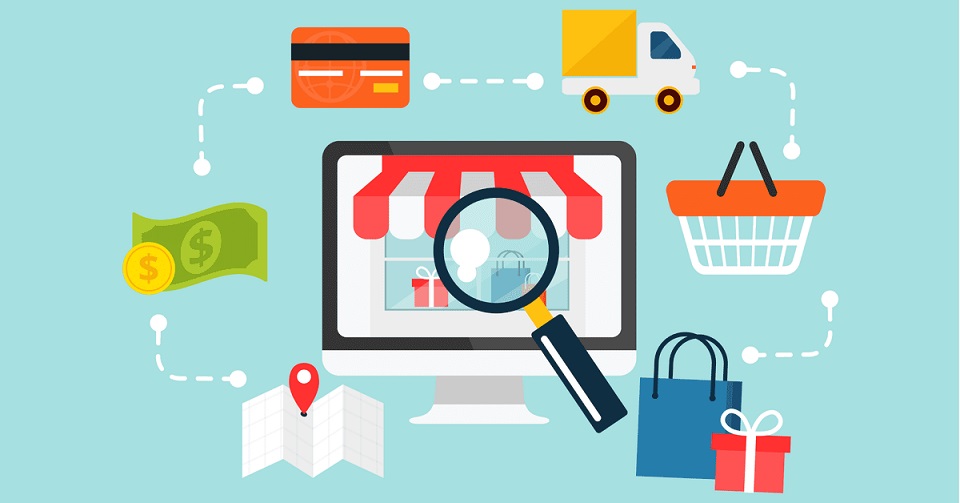Understanding Personalization
In online retail, personalization refers to adjusting the purchasing process for each consumer according to their preferences, activities, and previous exchanges. By getting to know each customer’s specific wants and preferences, businesses may design a more efficient and interesting shopping experience.
This approach helps retain customers, improves conversion rates, and boosts sales. Effectively implementing personalization can transform your Amazon storefront into a customer-centric platform.
Why Personalization Matters
Personalization is critical in today’s competitive online marketplace. Customers are often overwhelmed by the sheer volume of choices available to them. Personalization helps simplify their shopping journey by showcasing products and content most relevant to them. According to an Epsilon survey, eighty percent of consumers are more likely to make a purchase when firms provide tailored experiences. This underscores the need to incorporate customization into your online approach.
Types of Personalization
Various types of personalization can be implemented in an online store. These include personalized product recommendations, customized email marketing, and tailored website layout based on user behavior. Each type of personalization serves a unique purpose and can be used in conjunction with others to provide a comprehensive personalized shopping experience.
Personalized Product Recommendations
One of the most common types of personalization is recommending products based on a customer’s past purchases or browsing history. This involves using algorithms to analyze customer data and suggest items that match their preferences. Such recommendations are often seen on product pages, shopping carts, and follow-up emails.
Dynamic Content
Dynamic content involves changing web page elements based on user interactions. This can include personalized banner ads, special offers, and product categories that update in real time to reflect the customer’s browsing behavior. Dynamic content ensures that the website remains relevant and engaging for each visitor.
Effective Data Collection
Collecting the right data is crucial for effective personalization. Data can be gathered through various means, such as customer surveys, purchase history, and website analytics. Capturing data like age, location, preferences, and purchase behavior helps create detailed customer profiles. Ensuring that data collection methods comply with privacy regulations is also essential to maintaining customer trust.
Personalized Product Recommendations
Implementing personalized product recommendations involves analyzing customer data and using it to suggest products they are likely to buy. Tools like collaborative filtering and machine learning algorithms are often employed to make accurate recommendations. Customized suggestions raise average order value and improve the shopping experience.
Utilizing Dynamic Content
Dynamic content keeps the website fresh and relevant by altering content based on user interactions. Businesses can show relevant products, offers, and information to each visitor using AI and real-time data analytics. This level of personalization ensures that customers find what they are looking for quickly and encourages them to stay longer on your site.
Behavioral Targeting Strategies
Behavioral targeting involves segmenting customers based on their browsing behavior, purchase history, and interaction patterns. Businesses can use this data to develop marketing efforts that are specifically targeted at certain client segments. This strategy guarantees that messages are pertinent to the target demographic and boosts the efficacy of marketing initiatives.
For example, if a customer frequently views your electronics section but has yet to make a purchase, sending them a targeted email with special offers on electronics can incentivize them to buy. Behavioral targeting makes your marketing efforts more precise and productive.
Measuring the Impact
To gauge the effectiveness of your personalization strategies, it’s important to track key performance indicators (KPIs) such as conversion rates, average order value, and customer retention rates. Use A/B testing to compare personalization strategies and determine which ones yield the best results. Regularly reviewing these metrics helps fine-tune your approach and maximize personalization’s impact on your online store’s performance.
Read More: Why is Financial Benchmarking Crucial for Business?

